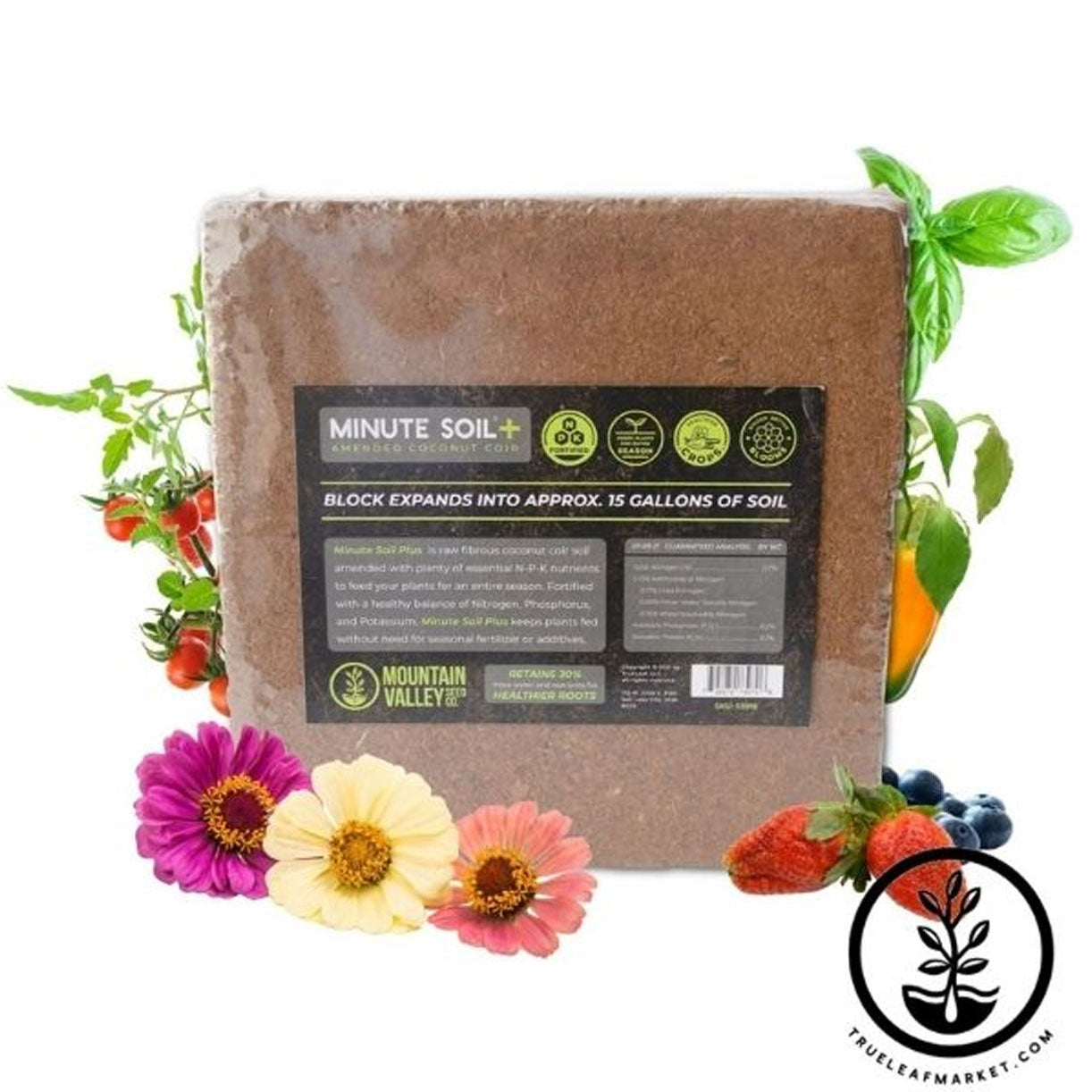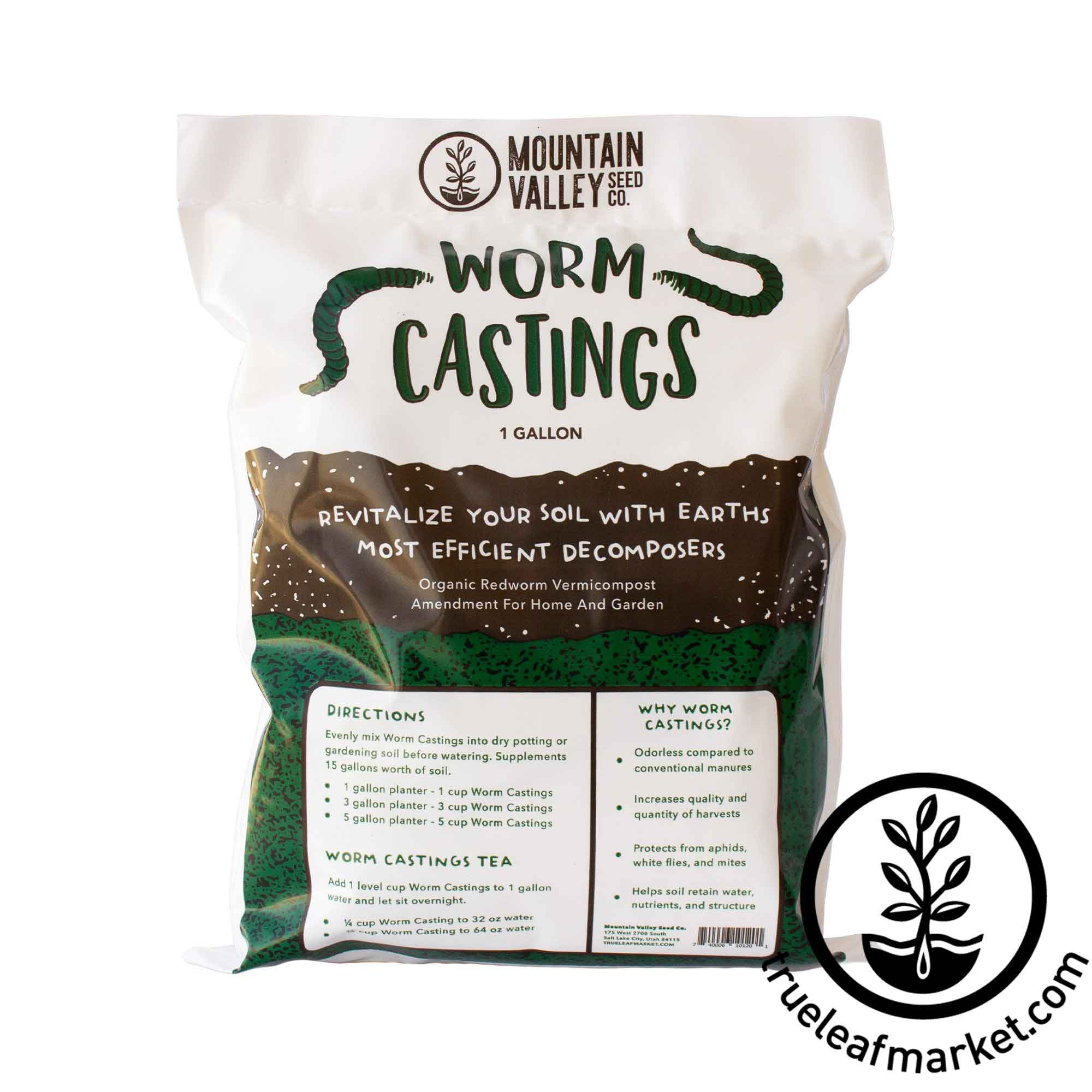 |
Written By Lara Wadsworth |
Understanding the composition of your soil is key to understanding your garden and succeeding as a grower. The best soils for growing nearly any plant are loamy soils. Loam is a balanced mix of sand, silt, and clay, which is considered the best soil for gardening due to its excellent drainage, nutrient-holding capacity, and workability. But what does that even mean? Soils are composed of minerals, organic matter, air, and water. Each plays a critical role in plant health. Let’s dive in!

Minerals
All soil is primarily made up of a mixture of sand, silt, and clay. Sand is the term used for the largest particles, silt is the medium-sized particles, and clay is the smallest. Clay particles are smaller than most bacteria! Each has its purpose, but when any one of them are gathered in too high of a concentration, it can cause problems in the soil. Sand, being the coursest particles, are fantastic for creating space for air and water to be in the soil but they are terrible at holding onto nutrients. Silt particles are much better at holding nutrients and water but do not provide much structure for the roots to hold to. Clay particles hold nutrients well but are so fine that they can easily become compacted and limit root growth. That is why loam soil is the best. Loam soil is a perfect mixture of all three of these elements to create the optimal abiotic environment.
Organic Matter
One of the most important aspects of soil for growing plants is organic matter. When you hear the word “organic” you are probably thinking about the growing practice. In this context “organic” is instead referencing the carbon material that exists in matter. This includes decomposed plants and animals, such as compost, leaf litter, old mulch, and more! Organic matter enriches the soil with nutrients, improves water retention, and enhances soil structure. It is also necessary in order to have beneficial microorganisms in the soil. Penn State suggests that the microorganisms in soil are so critical to soil health and, therefore, plant health that without them, we would need to compensate by adding in fertilizers and other artificial amendments. Most of the time, when soil is lacking in some way, from structure to drainage to nutrition, adding organic matter helps! This is generally done through homemade compost, cover crops, worm castings, or mulch.
Air
Have you ever heard of compacted soils causing problems? Well, that is mainly because they lack air! Air in the soil is essential for root respiration and the survival of soil organisms. Good soil structure allows air to penetrate without creating too many air pockets, allows for good drainage, supporting healthy plant growth.


Water
You know this one! Water is critical for plant health and good soil structure. It is needed for plant hydration, nutrient transport, and more! There is a reason why plants fail when the soil is too dry for too long. Water is an important part of a healthy soil composition. The soil’s ability to hold onto water is largely dependent on the minerals present, i.e., sand, silt, and clay.
Soil Layers
A cross-section of soil will reveal the layers beneath the surface. Soil can be further divided into the six main sections including humus (organic matter), top soil, eluviation, subsoil, parent rock, and bedrock. Each layer plays an important role in plant health and soil regeneration. Humus is the top layer primarily made up of decomposed organisms. Top soil is where seeds often germinate and take root. This is where the building humus layer mixes with mineral particles. The eluviation layer is mostly sand and silt. This layer lacks nutrients due to leaching. Subsoil is next and is heavily composed of clay and mineral deposits that have been carries through the layers above it via water. Parent rock is hard, deep, and can’t be penetrated by plant roots. The deepest layer is bedrock which is unweathered rock.The layers we, as gardeners, generally have the most control over are the humus and topsoil layers. These can be amended and changed to suit the needs of our plants with various materials and practices.

How Soil Forms
Soil forms through the weathering of rocks (abiotic/non-living factors) and the decomposition of organic matter (biotic factors). Over time, rocks break down into smaller particles, creating sand, silt, and clay. Organic matter from plants and animals mixes with these particles, enhancing fertility and structure. It is useful to understand this process, at least basically, in order to understand and improve your own soil.
Soil provides essential nutrients and structure for plants. Improper balancing of soil composition results in reduced root growth, unwanted or reduced microbial activity, and poor nutrient uptake, which reduces yields and overall unhealthy plants. In summary, soil is a dynamic mixture of minerals, organic matter, air, and water, all of which contribute to its ability to support plant life. By understanding soil composition and structure, gardeners can create optimal growing conditions for their plants.
 |
Lara Wadsworth, True Leaf Market Writer |
I am a native of Southwestern Michigan, where I also reside, and I love all things plants! I got a Bachelor's Degree in Horticulture and found the first work-from-home job I could get. Now, I spend my days writing for TLM, playing with my dog, eating delicious food with my husband, and plotting my next landscape or gardening move. I believe everyone should get down and dirty in the soil now and then. Happy Gardening!






















0 comments
No comments yet! Be the first to start a conversation.